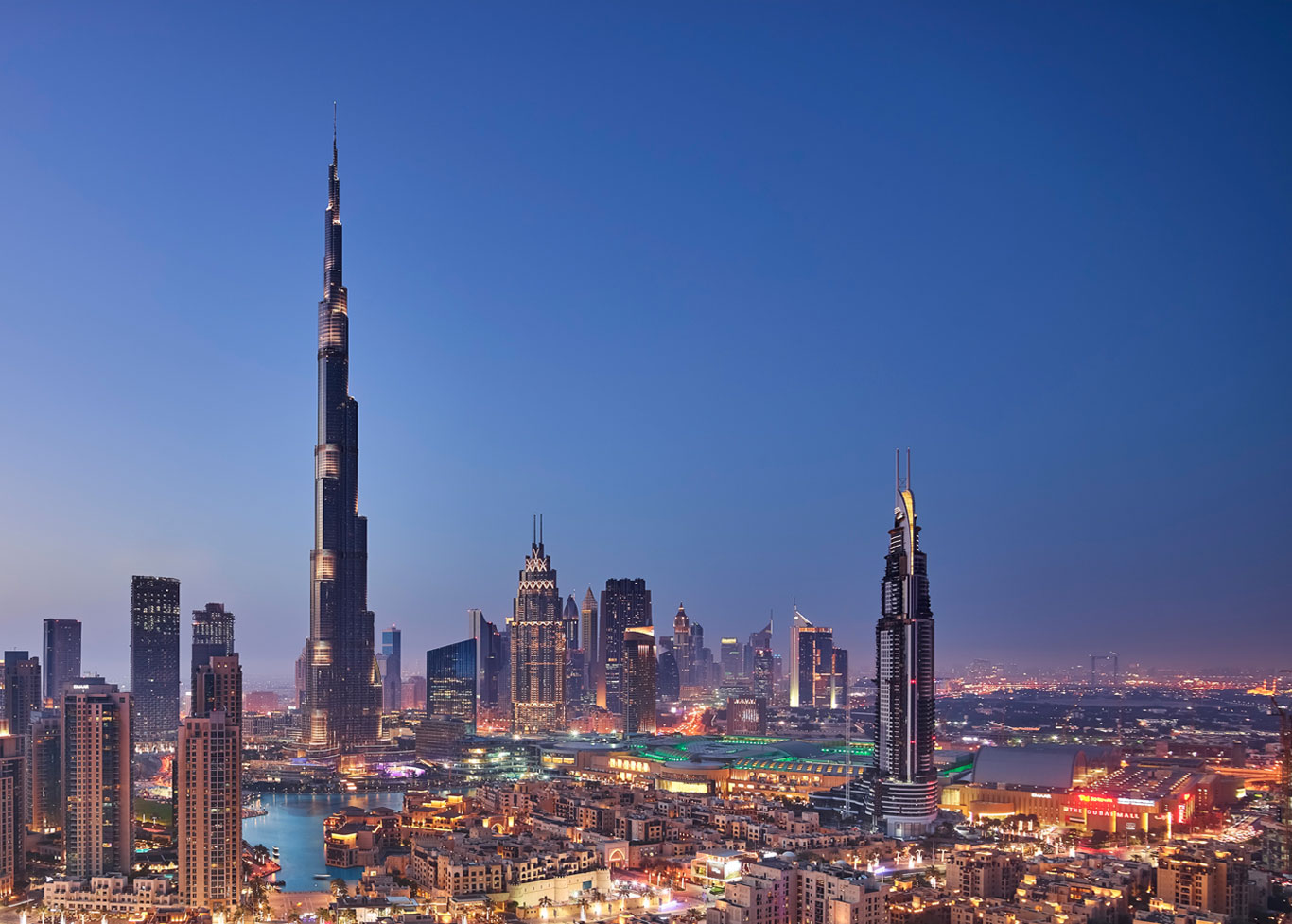The city of Melania, from “Cities & the Dead 1,” illustrated a feeling of endless consistency that has featured in two of the places I’ve lived. As Calvino describes, “at Melania, every time you enter the square, you find yourself caught in a dialogue,” yet if “you return to Melania after years . . . you find the same dialogue still going on” (72). This persists despite the fact that “Melania’s population renews itself,” and that “the dialogue changes, even if the lives of Melania’s inhabitants are too short for them to realize it” (73).
In the city in which I grew up, Oklahoma City, the dialogues around me were often the same. Kids are causing trouble. The weather makes no sense. Healthcare sucks. Family is everything. Work hard. The government doesn’t care about you. Politicians are liars. Go to Church on Sundays. School is boring. We’re due for another drought. Moore will have to rebuild, again. In high school I started working and gained more and more independence from my family, allowing me to experience more and more of the city and wider metropolitan area (comprising about 20 surrounding towns and suburbs). No matter where I went or who I talked to, these things persisted.
After my junior year, I moved to finish school at a boarding school in the mountains of New Mexico. On the weekends, I would semi-regularly go into the nearby town of Las Vegas, New Mexico. Over time, I started to hear the town’s own dialogues. The government doesn’t care. There’s no more jobs. So-and-so is leaving. That shop is closing. These people are visiting. Walmart sold out of this today.As I went back and forth between OKC and Las Vegas, I came to notice the contrast more and more and started to understand that these places had a certain temporal consistency, not a refusal to change but a refusal to acknowledge the inevitable change as it happened.
In the last two years, I’ve only spent a little over two months in Oklahoma City, and I’ve started to notice that renewal Calvino describes. The barista I used to know by name now works as host and the host now works as barista. The city has built a new park where an abandoned office building once stood, and built an office building on what used to be part of a park. The daughter of the family who owns the Moroccan restaurant down the street runs the restaurant she used to serve in, and her son pours our tea. The drug dealer who worked the corner near my friend’s house now owns the house across the street, and his dealers work the corner.
Of course, all cities have these tropes, these things which are talked about more often than others, and different parts of cities speak of different things. None of this is meant to condemn this tendency to refuse to acknowledge change, but rather to reflect on its inevitability, and the way some places cope with its challenges. In some places, even when coronavirus arrives, people still worry more about the next tornado season.













